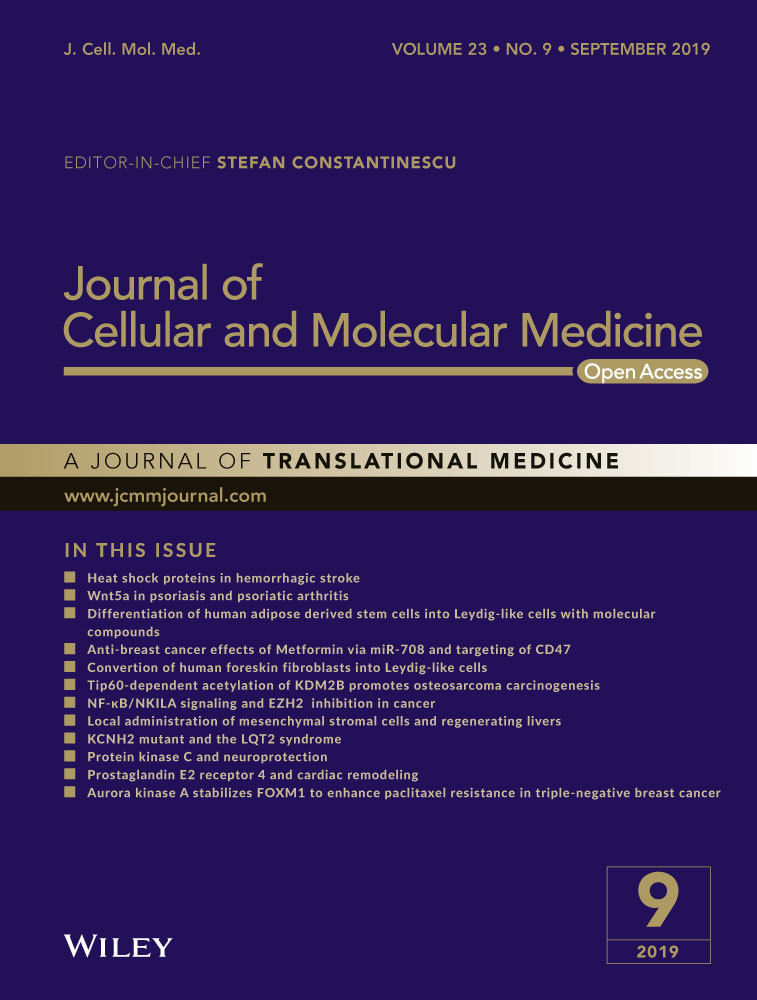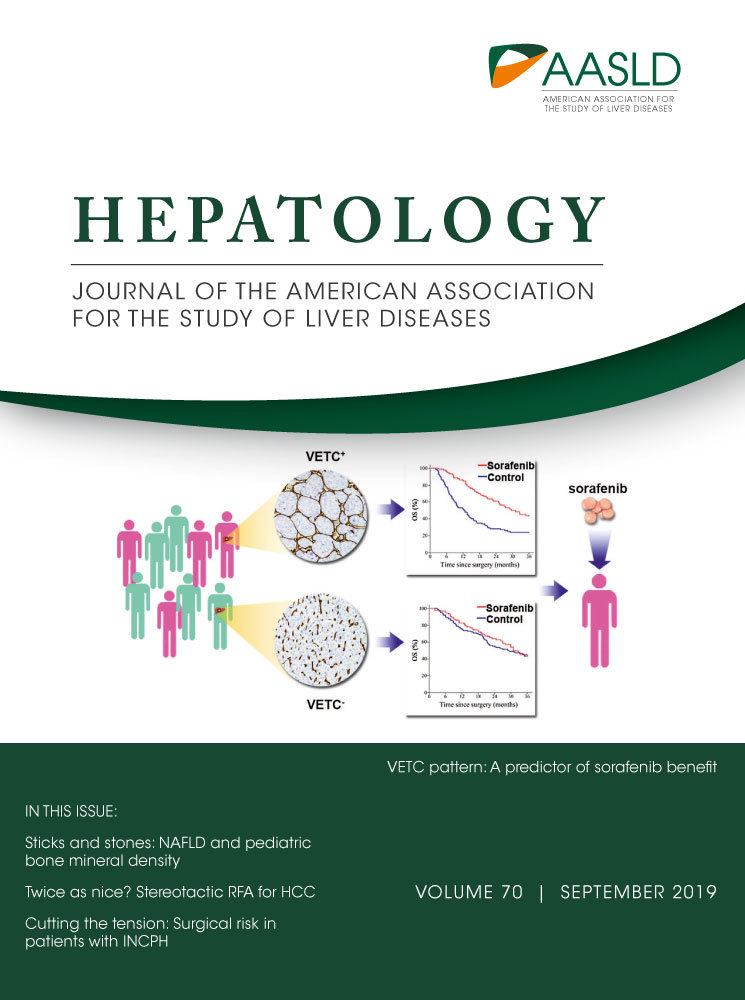 “The prevalence of Clostridioides difficile Infection (CDI), the most notorious hospital acquired disease, and of excessive cannabis use (cannabis use disorder (CUD)) have both been steadily rising.
“The prevalence of Clostridioides difficile Infection (CDI), the most notorious hospital acquired disease, and of excessive cannabis use (cannabis use disorder (CUD)) have both been steadily rising.
Although cannabidiol, an active ingredient of cannabis, maintains gut integrity and suppresses entero-toxins from Clostridioides difficile, the relationship between CUD and CDI has not been studied.
RESULTS:
Among the matched hospitalizations (n = 59,824), cannabis usage was associated with a reduced prevalence of CDI (prevalence: 455.5 [95% CI: 385.1-538.8] vs. 636.4 [95% CI: 549.9-736.5] per 100,000 hospitalizations), resulting in a 28% reduced risk of CDI (relative risk: 0.72 [95% CI: 0.58-0.88]; p = 0002). Non-dependent and dependent CUD respectively had 23% and 80% reduced likelihood of CDI when compared to non-cannabis users (0.77 [95% CI: 0.60-0.95] and 0.20 [95% CI: 0.06-0.54]; p < 0.05). Furthermore, dependent users had less risk of CDI compared to non-dependent users (0.26 [95% CI: 0.08-0.88]; p = 0.01).
CONCLUSIONS:
CUD was associated with a decreased risk of CDI amongst hospitalized patients. Prospective and molecular mechanistic studies are required to elucidate how cannabis and its contents impacts CDI.”
https://www.ncbi.nlm.nih.gov/pubmed/31493498
“Cannabis use was associated with diminished risk of Clostridioides difficile (CDI) amongst hospitalized individuals. Dependent Cannabis users seemed to be the most protected from CDI.” https://www.sciencedirect.com/science/article/pii/S1075996419301556?via%3Dihub

 “Treatment of spasticity poses a major challenge in amyotrophic lateral sclerosis (ALS) patient management.
“Treatment of spasticity poses a major challenge in amyotrophic lateral sclerosis (ALS) patient management. “Mood disorders are the most prevalent mental conditions encountered in psychiatric practice. Numerous patients suffering from mood disorders present with treatment-resistant forms of depression, co-morbid anxiety, other psychiatric disorders and bipolar disorders.
“Mood disorders are the most prevalent mental conditions encountered in psychiatric practice. Numerous patients suffering from mood disorders present with treatment-resistant forms of depression, co-morbid anxiety, other psychiatric disorders and bipolar disorders. “Posttraumatic stress disorder (PTSD) is a potentially debilitating mental health problem.
“Posttraumatic stress disorder (PTSD) is a potentially debilitating mental health problem.


 “Chronic allograft dysfunction (CAD), defined as the replacement of functional renal tissue by extracellular matrix proteins, remains the first cause of graft loss.
“Chronic allograft dysfunction (CAD), defined as the replacement of functional renal tissue by extracellular matrix proteins, remains the first cause of graft loss. “Hepatic cardiomyopathy, a special type of heart failure develops in up to 50% of patients with cirrhosis and is a major determinant of survival. However, there is no reliable model of hepatic cardiomyopathy in mice. Herein we aimed to characterize the detailed hemodynamics of mice with bile-duct ligation (BDL)-induced liver fibrosis, by monitoring echocardiography and intracardiac pressure-volume (PV) relationships and myocardial structural alterations. Treatment of mice with a selective
“Hepatic cardiomyopathy, a special type of heart failure develops in up to 50% of patients with cirrhosis and is a major determinant of survival. However, there is no reliable model of hepatic cardiomyopathy in mice. Herein we aimed to characterize the detailed hemodynamics of mice with bile-duct ligation (BDL)-induced liver fibrosis, by monitoring echocardiography and intracardiac pressure-volume (PV) relationships and myocardial structural alterations. Treatment of mice with a selective